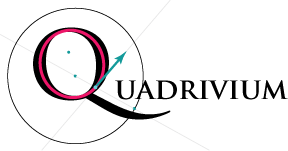

Number circle for regular polygons and starsA number circle is a number line wrapped around a circle. Most classrooms have an example on the wall: a clock! Use the polygon tool (triangle icon, 5th from left) or segment tool (3rd from the left, 2nd on list) to connect the points. To make a regular n-gon, set the slider to your n (number of equally spaced points on the circle), then connect the points by the "add 1" rule, as in kids' connect the dots coloring books. That is, if you start at 0, connect the points with line segments in this order: 0, 1, 2, 3, 4, 0. To make a regular n-pointed star polygon, choose another number to add, such as 2. For example, to make a regular 5-pointed star, add 2. Connect the points in this order: 0, 2, 4, 1, 3, 0. Further details "Regular" means as symmetric as possible. In this case, it means that all sides are equal and all angles are equal. For most numbers n, there are many different star polygons possible by following the "add k" rule to connect the points. See if you can find how to predict what you will get:
Susan Addington, Created with GeoGebra |
Updated May 15, 2010
| Mathematical Intentions |
Measuring the World |
Contact us |
Last updated
Copyright 2009-10 David Dennis and Susan Addington. All rights reserved.